High Peaks Pure Earth has translated a blogpost by Woeser that was originally written for Radio Free Asia on April 14, 2010 in Beijing and posted on her blog on June 13, 2010.
This is not the first time that Woeser has written about mining and environmental issues, see also the blogpost from November 2009 titled Tibet’s Water Pollution and China’s “Global Warming”.
I went to Gyama in the summer of 2005. I visited the temple to make offerings to the statue of Songtsen Gampo and met with the elderly man who guards the temple. I also went into the nearby village and to the nunnery built on top of the mountain. Those photos were taken during the trip. Recently I heard that the elderly man who guards the temple already passed away. Because of the pollution caused by mining activities, many villagers have fallen ill and because of the “patriotic education”, which is carried out inside temples, in the nunnery, which I had visited, there are only a few nuns left, all others have been driven out…
By Woeser
Let’s reflect upon the things which I came to understand in Lhasa. They concern mining. They also concern the town of Gyama, which I have actually written much about. The town of Gyama is situated in Medro Gongkar county near Lhasa. It is the hometown of the great Tibetan monarch, Songtsen Gampo. It is true that I mention Songtsen Gampo often, always in the hope that those greedy cadres and companies would show some mercy. In Han Chinese culture, the birthplace of all former dynasties’ emperors is considered to be the treasured place of “fengshui”, referred to as “dragon’s pulse”. Only occasionally dynastic changes destroyed the “dragon’s pulse” of a former emperor, but normally it would be meticulously protected and regularly sacrificed to seek protection and luck. According to this, Gyama, with its many sacred and beautiful places, is where the “dragon’s pulse” exists in Tibet and it should never have to endure such disembowelling hardship as it does today.
Only because Gyama, just like all other places in Tibet, is rich in natural resources, mining companies established at least 6 mining areas in the Gyama district alone many years ago, ruthlessly exploiting copper, molybdenum, lead, zinc, gold, silver etc. This has led to the destruction of the local ecology and brought disaster to local citizens. Since 2007, a gold miner belonging to the National Enterprise and the China Gold Group with an international background has become the new owner of Gyama. They swallowed many mining areas in one go and had Huatailong Mining Development Limited company subordinating to specialise in mining, everyday exploiting an amount of up to 12,000 tons. Today, Gyama has become the Qinghai-Tibet Plateau’s mining pit with the highest daily output. Last month, the “Tibet Daily” jubilantly praised: “the weekly sales revenue of Jiama’s copper-polymetallic ore has reached 1.1 billion Yuan.”
The article also announced that “1400 new employment opportunities for local people have been created”, claiming that mining brought about endless benefits to the local population. However, what does the reality look like? I heard about the following: Huatailong mining industry deprived over a hundred nomad families of their pasture. The local authorities requested the nomads to move away from their pasture and promised to build them new socialist country houses as well as to provide them with a monthly allowance. Yet, the nomads say that away from their life on the grasslands they cannot do anything, it is just a road leading to a dead end. Numerous times, the nomads went to the township and county to appeal to the higher authorities but they were ignored. The Huatailong mining remains relatively quiet during the daytime but at night everything is brightly lit and thundering noise like roaring guns accompanies the mining activities that go on all night long. Blasts in the middle of the night were so powerful that it even made some villagers fall underneath their beds believing that it was an earthquake.
Huatailong Mining built Gyama’s asphalt roads, which is of course mainly for the sake of making transportation of ore more convenient. In previous years, some villagers bought cars in order to transport ore for small mining companies; this created quite decent income opportunities. Today, Huatailong forced them to sell their cars to the company and now the villagers have become drivers of a transportation company receiving a monthly salary, which is far less than before. Resentment can be sensed everywhere. The Huatailong mining industry has caused most severe pollution, many livestock have died, many villagers have fallen ill but the compensation is not much. Last year, due to a drought, Huatailong used the villager’s water, causing serious conflicts. Reportedly, Huatailong had approximately up to 10,000 workers at their disposal, most of them Han Chinese, while there were only a few thousand villagers. Yet, immediately, a great number of military police, including special police forces, were sent from Lhasa patrolling through Gyama with armoured vehicles for many days arresting villagers. Up to the present day there are three villagers (one of them the village head) who are still imprisoned awaiting their sentence.
Songtsen Gampo’s hometown has almost been completely excavated by the China Gold Group. In fact, most part of the entire Medro Gongkar County has almost been bought up; even the county government has sold their land to the above company and moved to a different area. Many local Tibetans say that one might as well just change the name of Medro Gongkar County into Huatailong County and Gyama village into Huatailong village. In actual fact, it isn’t merely one county or one village, in Lhundrup County near Lhasa, every village has been affected by mining, even far in the west, in Ngari, everywhere is full of mines. The mountains in Dram on the border have been excavated by gold miners; they might soon even start digging up to the side of Nepal.
In March this year, the high official Jampa Phuntsok said to the media in Beijing: “Tibet is not only the country’s protective screen in terms of ecology and security; it is also the base where the electricity in the western region is to be transported to the eastern area, a base for mining, the centre of diverse natural life and it will even become one of the world’s main tourist destinations.”Being “a base for mining” as he says, clearly reveals that Tibet’s rivers and mountains will be a scenery of destruction in the future. Some days later, the slogans hanging in the streets of Lhasa were changed into: “Showing a New Image, Casting New Brilliance, Promoting the Harmonious Development of Mining Areas”, does this not imply that in the near future, there will be mining on a much larger scale?
Beijing, April 14, 2010
The pictures below were downloaded from the website of Tibet Huatailong Mining Development Co., Ltd:
These two photos were taken by me on March 18, 2010 in the streets of Lhasa:

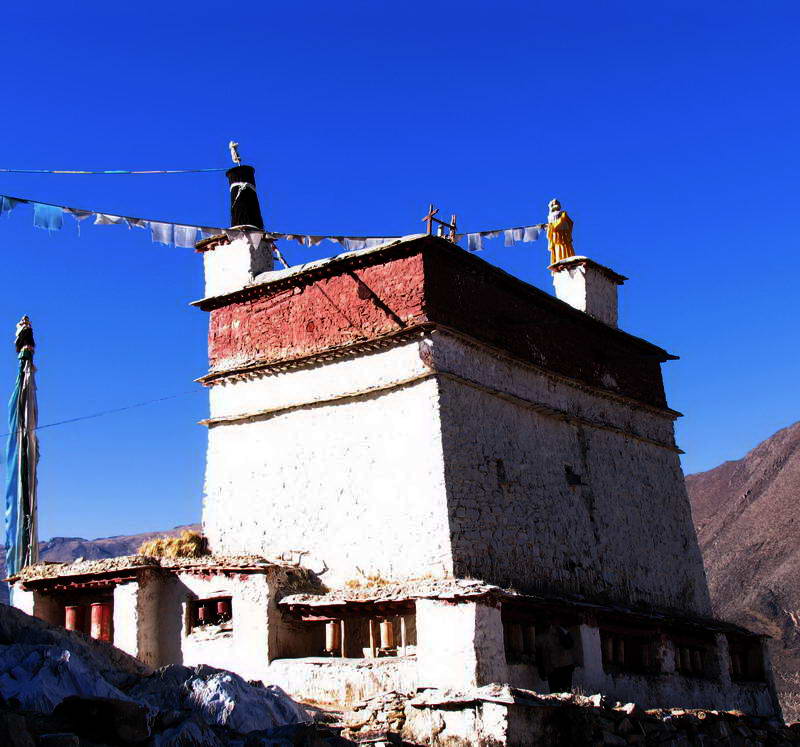


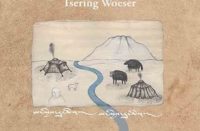
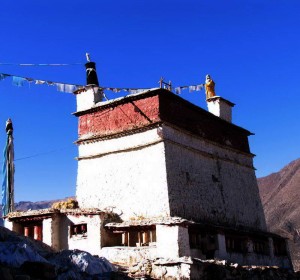
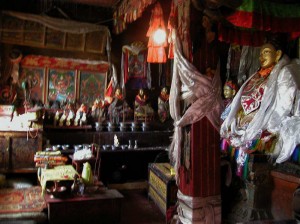
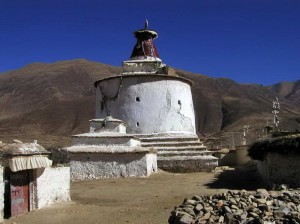
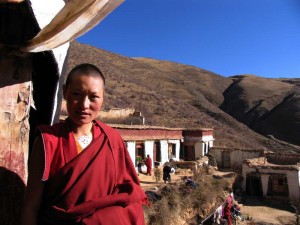
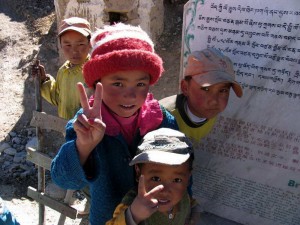

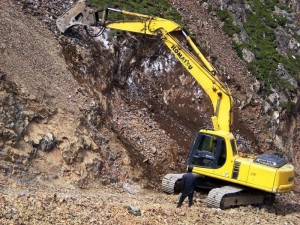

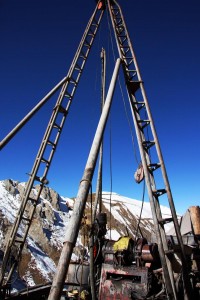


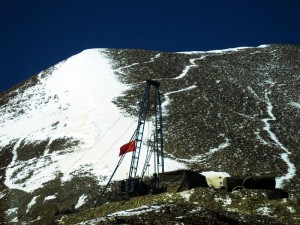
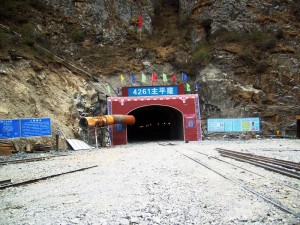
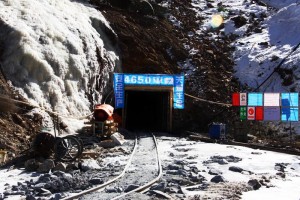
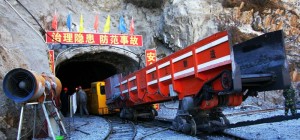
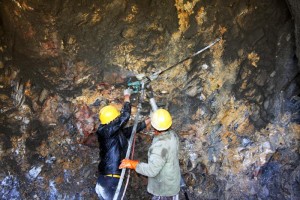
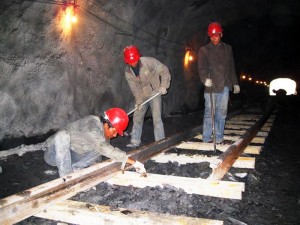
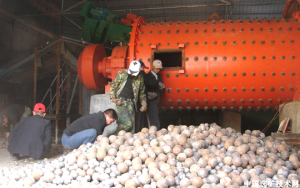
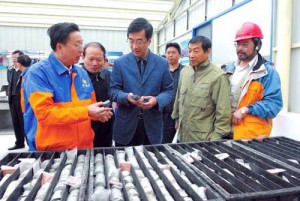

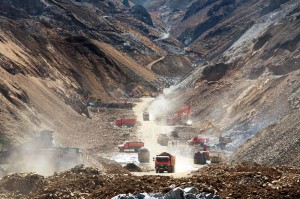
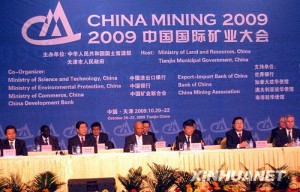
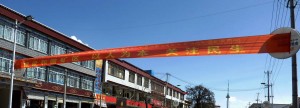
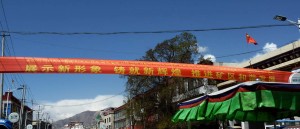
Note of shame for Canada – Vancouver based Jinshan Gold Mine Inc. is actively mining in the region Woeser is referring to.
Pingback: The Most-Read Postings on High Peaks Pure Earth in 2010